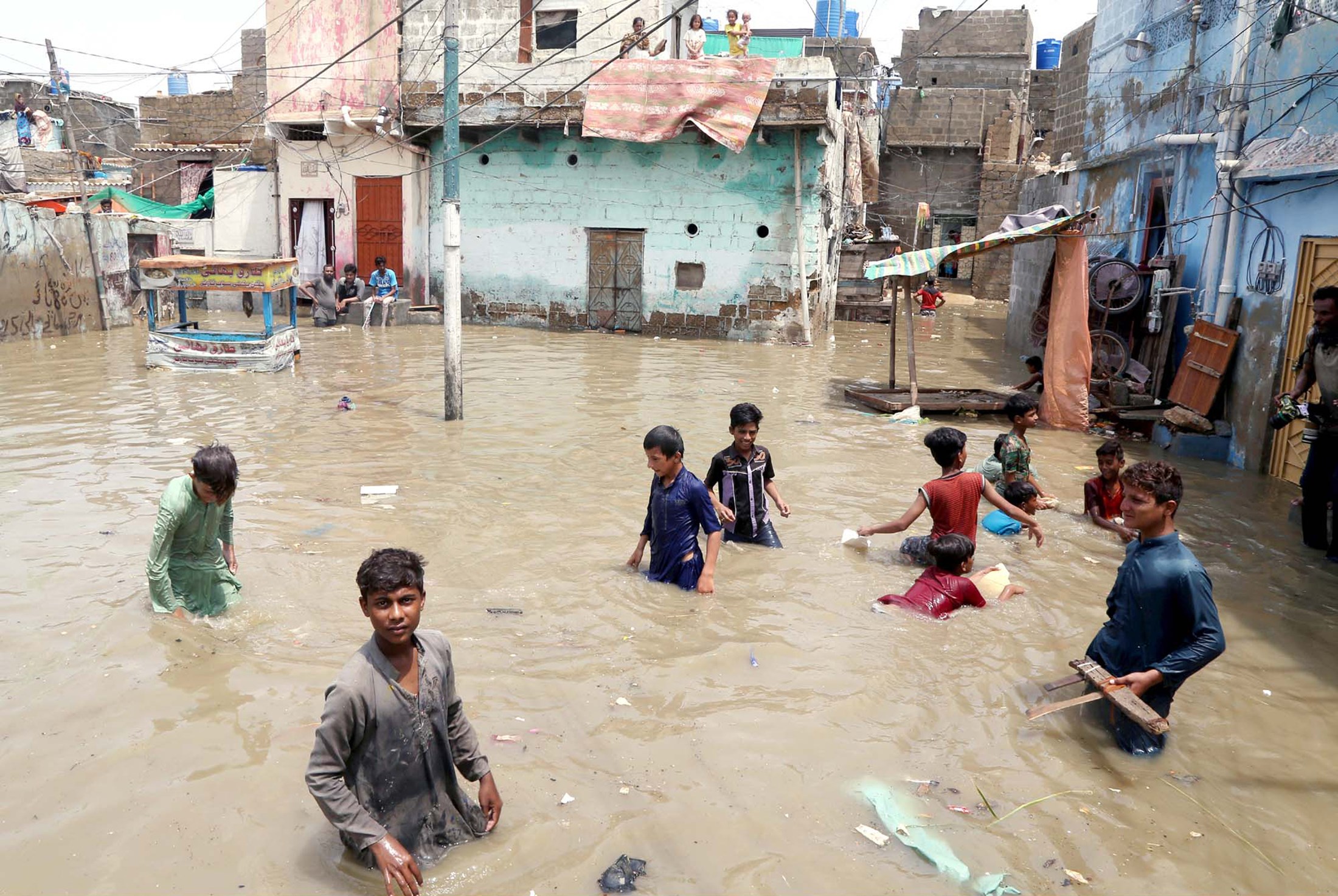July 2023 has the dubious distinction of being the planet’s hottest month ever recorded. We can say this with great certainty, thanks to a massive distribution of increasingly sophisticated climate sensors, and a collaborative network of meteorologic and atmospheric monitoring facilities that makes real-time analysis and future projections possible, with incredible precision.
That same network makes it more feasible than ever before for experts to determine where and when climate-sensitive infectious diseases like malaria and dengue are likely to be transmitted and creates the potential for more cost-effective use of the limited resources available to eliminate these diseases entirely.
Global warming threatens to increase the spread and volatility of many infectious diseases.
Rising temperatures, extreme weather events, and changing rainfall patterns all impact the way vector-borne diseases like malaria and dengue are transmitted – complicating global efforts to eliminate these terrible diseases and putting new and more vulnerable communities at risk.
Malaria alone already kills more than 600,000 people every year – most of them young children in sub-Saharan Africa – and experts predict that cases could double by 2050, and triple by 2080. Sixty per cent of the global population is expected to be at risk of contracting dengue fever by 2080.
Even as global warming threatens to increase the spread and volatility of many infectious diseases, our ability to predict and prevent outbreaks is increasing at an amazing pace.






